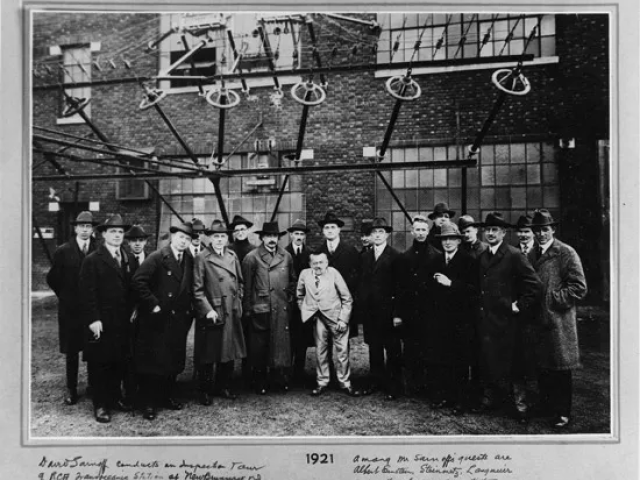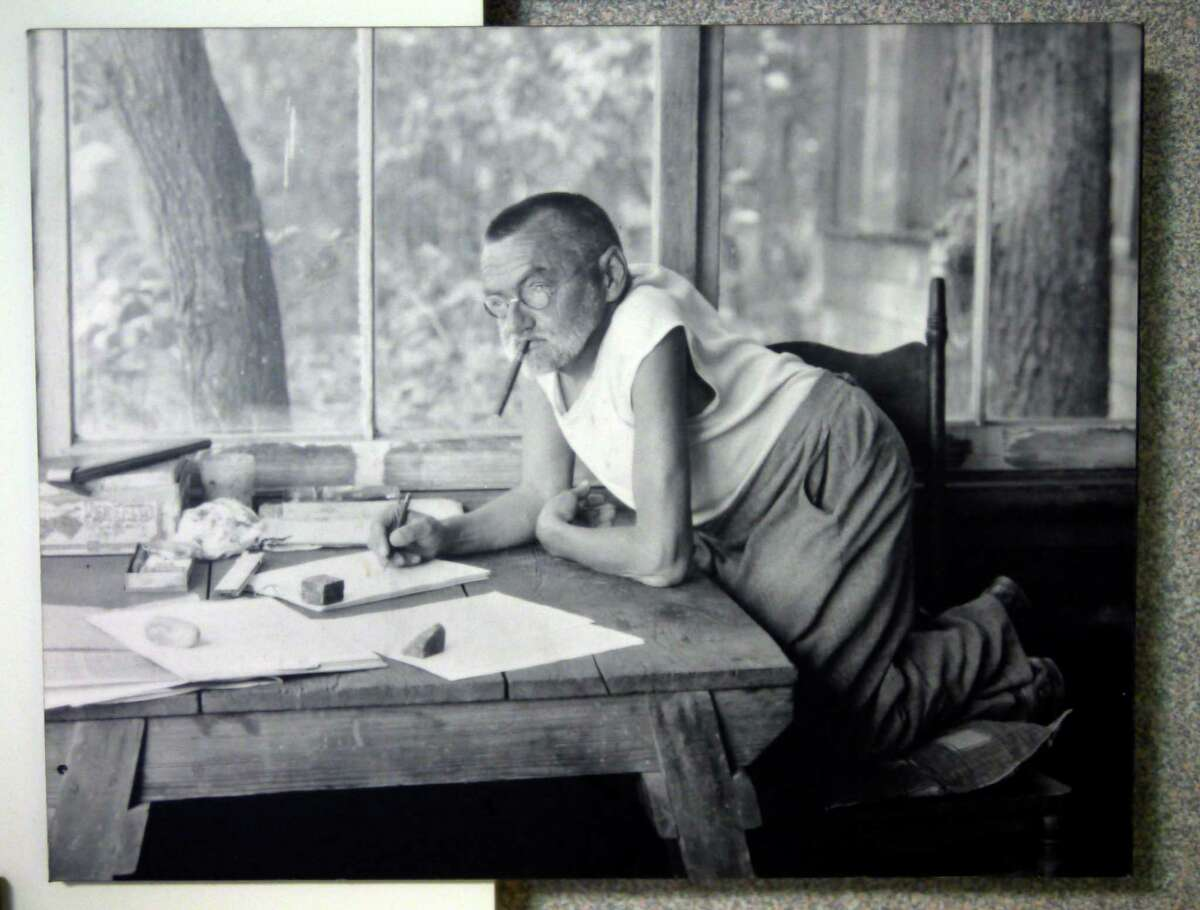
One hundred years ago this week, a pall seemed to hang over Schenectady with the death of Charles Steinmetz, a world-renown scientist for the General Electric Company. But while his engineering and electrical acumen made the world a better place, Steinmetz was also loved because he was such a lovable human being. He came to Schenectady in 1892 after first arriving in this country from Europe six years earlier. He stayed out of politics for most of the first two decades he was here until the election of 1911 put Socialist George Lunn into the mayor's office.
When Steinmetz informed the mayor, also the former pastor at the First Reformed Church in the Stockade, that he was available to help the minister-turned-politician, Lunn welcomed him with open arms. Steinmetz would become a close adviser to Lunn, and would serve as acting mayor when Lunn was out of town. He also became involved in the City Council and the Schenectady City School District, and would help Lunn create Central Park, three new school buildings, and free city-wide garbage disposal.
Central Park was perhaps his most culturally significant contribution, his aim to help the new immigrants flooding into Schenectady to work at the GE and the American Locomotive Company enjoy a better quality of life after fleeing Europe and heading to America. When I walk through Central Park these days I look at all the Guyanese families enjoying the park's many offerings and I think, "Steinmetz would have loved to see this." He also adopted a son, his lab assistant at GE, and his entire family. His grandchildren adored him and called him "Daddy."

Those are just some of the reasons why I love Steinmetz. I asked City Historian Chris Leonard, miSci vice-president and curator Chris Hunter, and GE historian George Wise why they admired the man so much. And these guys really know their Steinmetz.
George Wise:
"As much as I admire Steinmetz's contributions to engineering and Schenectady, I most admire what he called his 'divine discontent.' This, he said, empowered him to fight against the social, political, physical and economical limitations that prevented other people from gaining the same advantages that he so fortunately enjoyed. His socialism was less about ideology and more about equality and opportunity."
Chris Hunter:
"Steinmetz balanced his monumental engineering achievements and mighty civic participation with a focus on fun and family, finding time for practical jokes, outdoor recreation and reading time with the children, even making Henry Ford wait one time while he finished story time with the Hayden children."
Chris Leonard:
"While Steinmetz was one of the world's foremost AC power theorists and a master of mathematics and physics, what always struck me is how much he valued human community. He was the head of the Schenectady Board of Education, making sure that every public school student received a lunch some 80 years before this came into vogue, and led the Schenectady Parks Commission, helping to develop many of the green spaces we still enjoy today."
Photo Captions
Photo 1: Charles Steinmetz stands outside RCA building with Albert Einstein and other prominent General Electric scientists in 1921.
Photo 2: Charles Steinmetz works on a project during a visit to his summer camp on the Mohawk River in August of 1911.
